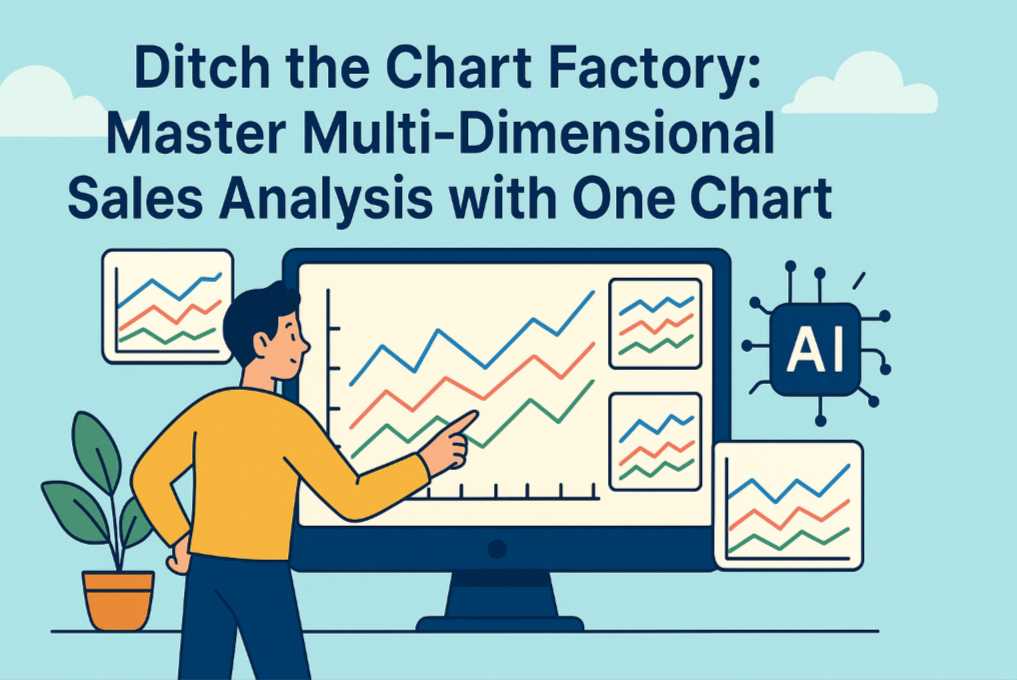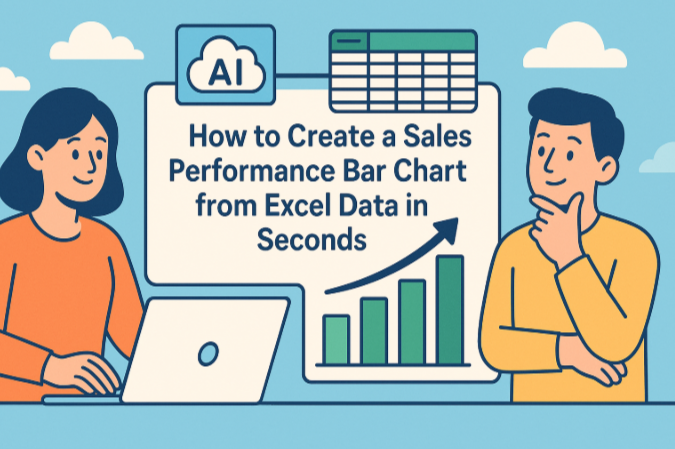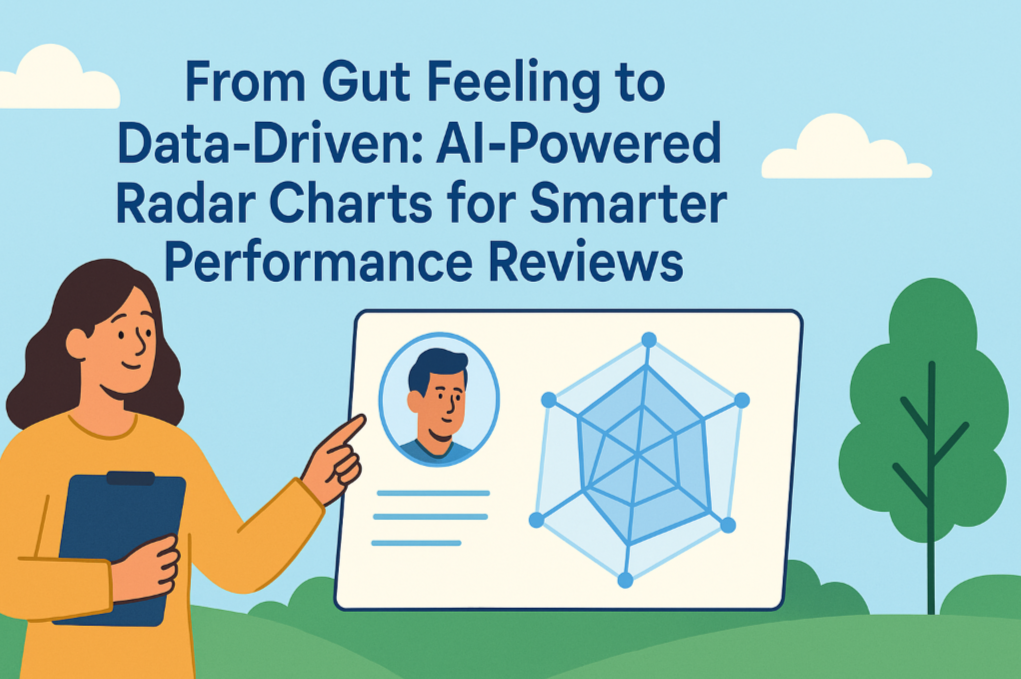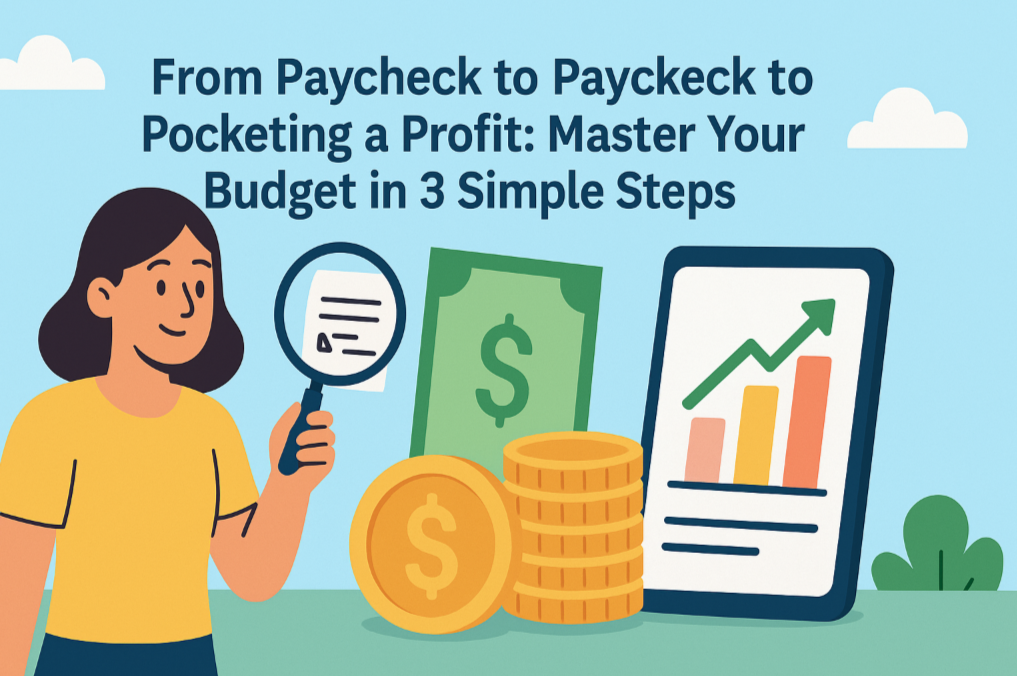Still guessing when it's time to set sales targets? When your boss asks, "What's the forecast for next quarter?" are you still relying on gut-feel and "experience"? It's time to stop guessing and let the data speak.
Key Takeaways:
- The Challenge: "Gut-feel" forecasting is a high-risk gamble that leaves your business vulnerable to market shifts.
- The Old Way: Manual forecasting in Excel is a slow, rigid maze that offers little real insight.
- The AI Revolution: A new class of AI tools understands plain English, instantly turning raw data into dynamic sales forecasts.
Imagine you've just exported a sales report from your ERP, and you need to present performance and forecast the future. As you stare at the spreadsheet, a few questions immediately come to mind: Is growth accelerating or slowing? Which product is gaining momentum? How do different markets compare?
To answer these, you dive into Excel, creating PivotTables, formatting charts, and trying out formulas. Hours later, you finally have a report. But for the most critical piece—the sales forecast—you still conservatively write, "a 10% increase from last quarter."
You've spent most of your day managing data, not generating insights or forming a strategy.
Still Forecasting Manually? That Road Is a Dead End.
Before AI, manual processing was the only way. The process was not just slow; it was rigid. You’d first use a PivotTable to group your data, then struggle to create a line chart, and finally hunt through complex menus for the "trendline" feature.
Worst of all, it was a one-time effort. The moment an updated sales file arrived, the entire process had to be repeated. You were always left with a static snapshot of the past, not a dynamic projection of the future.
A New Approach: Let AI Learn Your Language
Fortunately, the roles can be reversed. You no longer need to learn Excel's complex language; instead, AI tools are learning yours.
| Dimension | Traditional Excel Forecasting | New AI Analysis Tools |
|---|---|---|
| How You Operate | Drag, click, configure, write formulas | Give commands in plain English (like a chat) |
| Learning Curve | Steep and requires constant practice | Near-zero |
| Speed | Slow, measured in hours | Fast, measured in minutes |
| Insight Quality | Static, historical summary | Dynamic, predictive insights |
This new approach frees you from the "how" of technical details, letting you focus on the questions that truly matter.
Get Your Sales Forecast in Three Simple Sentences
Excelmatic is an AI analysis tool built for this purpose. It transforms complex sales analysis into a simple conversation between you and your AI assistant.
Step 1: See the Big Picture
After uploading your raw sales data, you'll first want a high-level view. Just tell it in the chat box:
"Summarize my sales by month and create a line chart"
The AI will instantly generate a clear monthly sales trend chart, helping you quickly spot seasonal fluctuations and overall growth patterns.
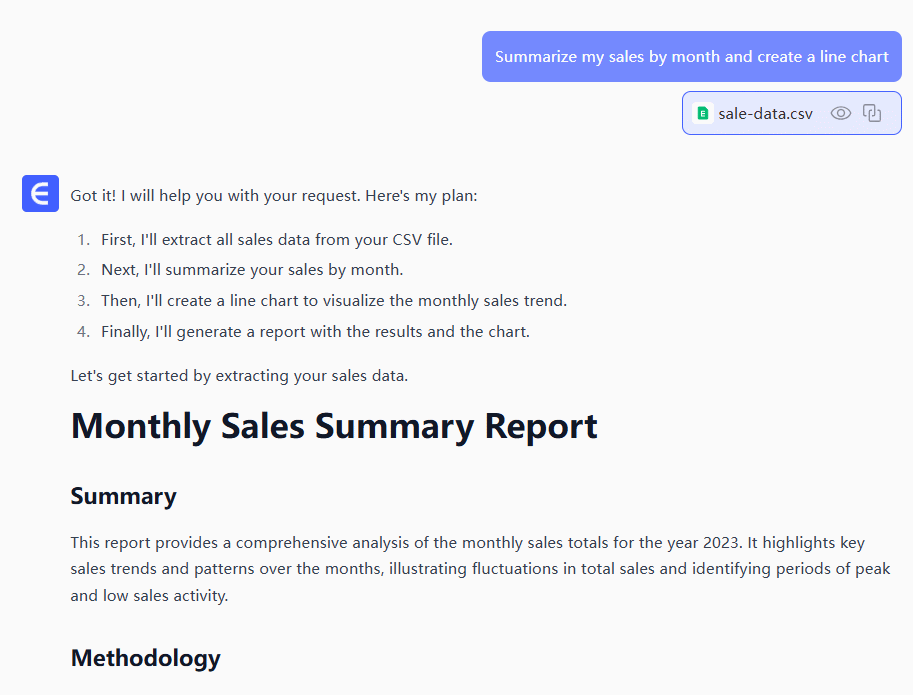
Step 2: Forecast with Confidence
With the big picture in view, you can now move to forecasting. Building on the previous chart, you continue:
"Add a trendline to this chart and forecast the next 3 months"
This trendline, calculated from your historical data, gives you a data-driven and defensible basis for setting your next quarter's targets.
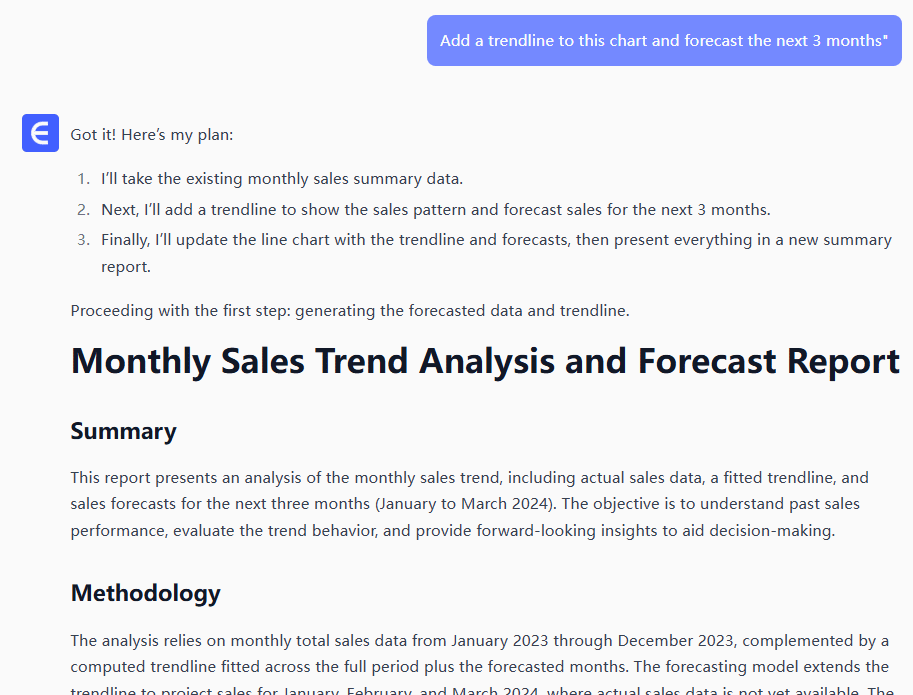
Step 3: Dig Deeper to Find Growth Drivers
If you want to understand what's driving the growth, you can ask further questions. For example, to compare the performance of two core products, you simply say:
"On a new chart, compare the sales trends for 'Product A' and 'Product B'"
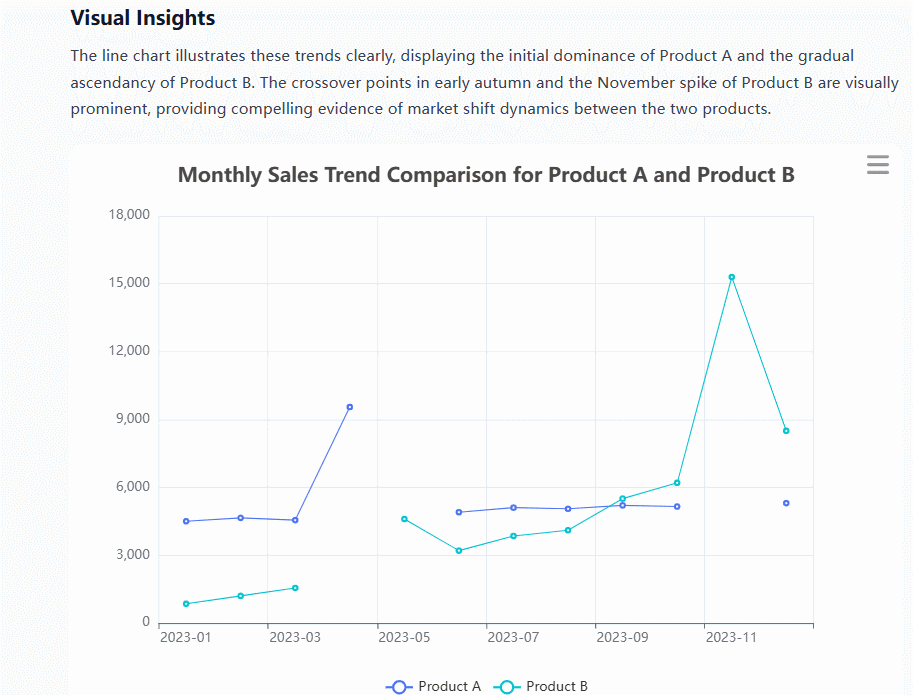
This makes it immediately clear which product is a growth engine and which may need a strategy adjustment.
A Few Questions You Might Have
1. Is my data secure? Absolutely. We offer on-premise deployment, allowing Excelmatic to be installed directly within your company's network. Your data never leaves your infrastructure, eliminating any risk of exposure.
2. My data is messy and has inconsistent formats. Can it handle that? Yes. Excelmatic has powerful data cleaning capabilities. Before your analysis, you can use plain English commands like "standardize the 'Date' column" or "remove duplicate rows" to prepare your data.
3. How is this different from a PivotTable? A PivotTable requires you to manually drag, drop, and configure fields. With Excelmatic, you simply state what you need. Think of it as an assistant who understands your requests, not a complex tool you need to learn.
Spend Your Time on Strategy, Not Spreadsheets
Your time is your most valuable asset. It should be spent analyzing markets, coaching your team, and building customer relationships—not wrestling with spreadsheets. Let AI handle the heavy lifting of data computation, so you can focus on high-level strategy.
It's time to stop just reporting on the past and start shaping the future.
Try Excelmatic for free today, upload your sales data and get your first forecast in 5 minutes!

